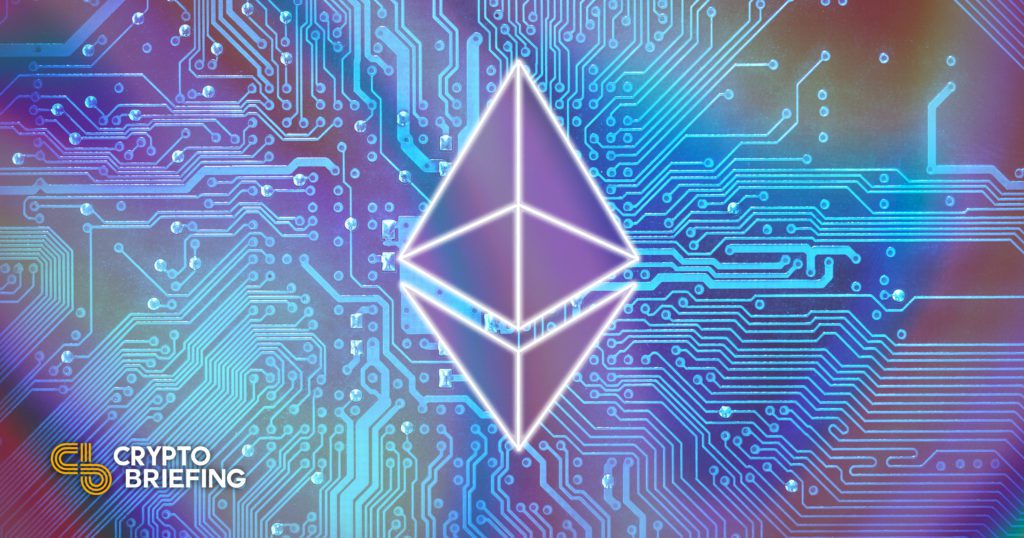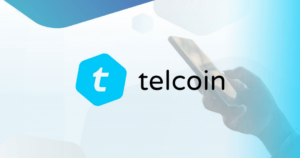EIP-1559 Has Burned 2 Million Ethereum

Key Takeaways
Ethereum has burned 2 million ETH via EIP-1559.
The blockchain’s next protocol update is “the Merge” from Proof-of-Work to Proof-of-Stake.
With the effects of EIP-1559 and reduced emissions from switching to Proof-of-Stake, ETH could soon become a deflationary asset.
Share this article
![]()
Ethereum’s next major update is “the Merge” to Proof-of-Stake.
EIP-1559 Burns 2M ETH
Ethereum keeps burning ETH.
According to data from ultrasound.money, the number one smart contract network hit 2 million ETH burned today. Since Ethereum shipped its London hardfork in August 2021, the total ETH supply has faced deflationary pressure via a fee burning proposal known as EIP-1559. Arguably Ethereum’s most popular update to date, EIP-1559 introduced a mechanism that burns a portion of the gas fee with every Ethereum transaction. EIP-1559 was devised to adjust Ethereum’s fee market as Ethereum gas fees previously adopted an auction system that made transaction costs unpredictable. With EIP-1559, Ethereum users pay a minimum fee for transactions known as the “base fee,” and they can add an optional tip to miners to get their transaction through faster during periods of high congestion. EIP-1559 also adds deflationary pressure on ETH and reduces the supply over time.
Per ultrasound.money, Ethereum currently burns just over 6 ETH per minute. A big chunk of that is consumed on OpenSea, the world’s biggest NFT marketplace. While Uniswap was previously the biggest gas guzzler on the network, a boom in the NFT market has led to OpenSea taking the top spot, with ETH transfers in second place ahead of Uniswap transactions.
Ethereum Prepares for the Merge
After the London hardfork, Ethereum’s next major protocol update is its long-awaited move from a Proof-of-Work to Proof-of-Stake consensus mechanism. The update, popularly referred to as “the Merge,” will see the blockchain’s consensus layer (otherwise known as the Beacon Chain) merge with the execution layer (Ethereum mainnet).
Anticipation for the Merge has been building this week as Ethereum successfully completed a rehearsal of the event on the Kiln testnet (though the Ethereum Foundation’s Tim Beiko reported that one client failed to produce blocks during the runthrough). However, fans of the top smart contract network had been counting down to the Merge prior to this week; the move to Proof-of-Stake is expected to be one of the biggest events in the blockchain’s history. Besides introducing a key protocol change to pay ETH stakers rather than miners, Ethereum is also expected to become 99.95% more energy efficient, something that should be welcomed by the crypto community and mainstream alike.
Crucially, once the Merge takes place, it will drastically reduce ETH emissions. The ETH supply currently inflates by about 4.5% annually to pay miners, but with Proof-of-Stake, the annual emission is expected to be closer to 1%. As EIP-1559 routinely burns 6 ETH per minute, it’s estimated that the rate of ETH burned could surpass the amount issued in block rewards to validators. At that point, ETH would become a deflationary asset.
Though the launch date is yet to be confirmed, the Merge is tentatively scheduled to take place in June 2022.
Disclosure: At the time of writing, the author of this piece owned ETH and several other cryptocurrencies.
Share this article
![]()













